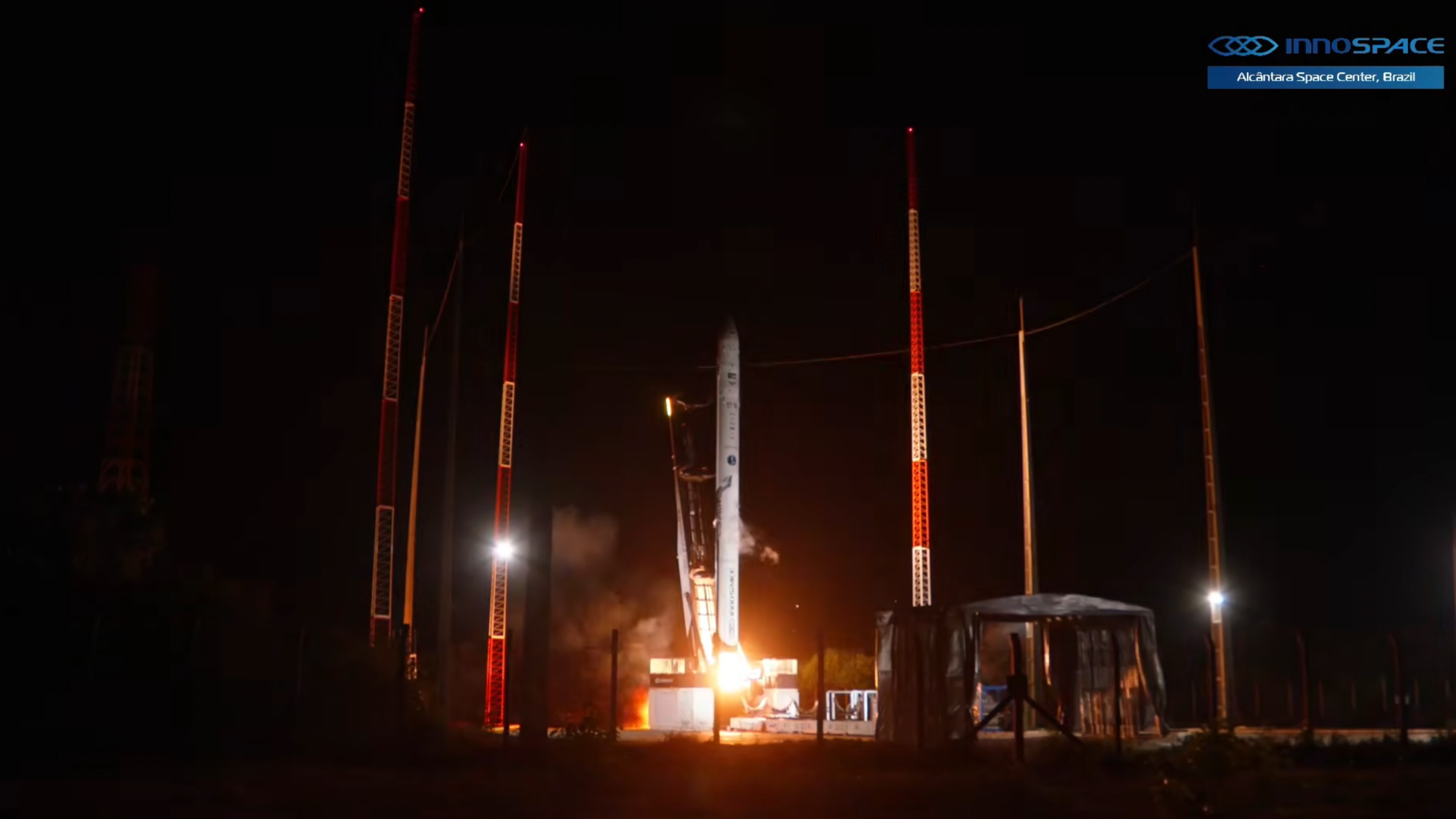Accidental Astronomy: Expect the Unexpected
Some of the most important astronomical discoveries in history were made unexpectedly, and the cosmic mysteries that puzzle scientists today are likely to be made equally as serendipitously, one astronomer says.
Kenneth Lang, an astronomer at Tufts University in Medford, Mass., recounts the importance of accidental astronomical discoveries in an essay in the Jan. 1 issue of the journal Science, beginning with the start of astronomy as we know it.
The modern science of astronomy was effectively born when Galileo Galilei turned his newly constructed spyglass to the skies and discovered Jupiter's four largest moons 400 years ago. No scientist up to that day had predicted that the other planets would have their own moons.
Another legendary figure in astronomy, William Herschel, discovered Uranus on March 13, 1781, while surveying bright stars and nearby faint stars. Similarly, Giuseppe Piazzi found the first asteroid, Ceres, on Jan. 1, 1801, while compiling a catalog of star positions.
Equally as unexpected was the discovery that the universe is expanding, first hinted at when Vesto Slipher found that spiral nebulae were moving away from the Earth at very fast speeds, Lang said.
Such discoveries opened a whole new window to the universe, Lang told SPACE.com.
Many of the serendipitous discoveries made in astronomy came about because of new technologies that let astronomers look at previously invisible parts of the night sky, such as radio, X-ray and gamma-ray radiation, Lang noted.
Breaking space news, the latest updates on rocket launches, skywatching events and more!
Among these discoveries were radio noise from the cosmos, radio-emitting galaxies and cosmic x-ray sources. Gamma-ray bursts were a surprising find made thanks to defense satellite observations designed to detect nuclear explosions in Earth's atmosphere or on the moon.
Other key astronomical topics that were discovered unexpectedly include the cosmic microwave background radiation (the remnant energy of the theoretical Big Bang) and the existence of pulsars, fast-rotating stars near death.
Many of these unexpected discoveries even resulted in Nobel prizes, Lang noted.
Lang expects that this trend of serendipitous discoveries will continue into the future, particularly as novel telescopes are erected on Earth or launched into space, which will open up new ways of seeing the universe, Lang said.
It's quite possible that the new generations of space telescopes will find something unexpected, he said.
In particular, Lang thinks that the mystery of the missing dark matter and energy of the universe will likely be solved in an unconventional way.
It's very likely, he said.
- 9 Astronomy Milestones in 2009
- 400 Years After Galileo: Celebrating the International Year of Astronomy
- New Video Show: Bad Astronomy with Phil Plait

Andrea Thompson is an associate editor at Scientific American, where she covers sustainability, energy and the environment. Prior to that, she was a senior writer covering climate science at Climate Central and a reporter and editor at Live Science, where she primarily covered Earth science and the environment. She holds a graduate degree in science health and environmental reporting from New York University, as well as a bachelor of science and and masters of science in atmospheric chemistry from the Georgia Institute of Technology.
